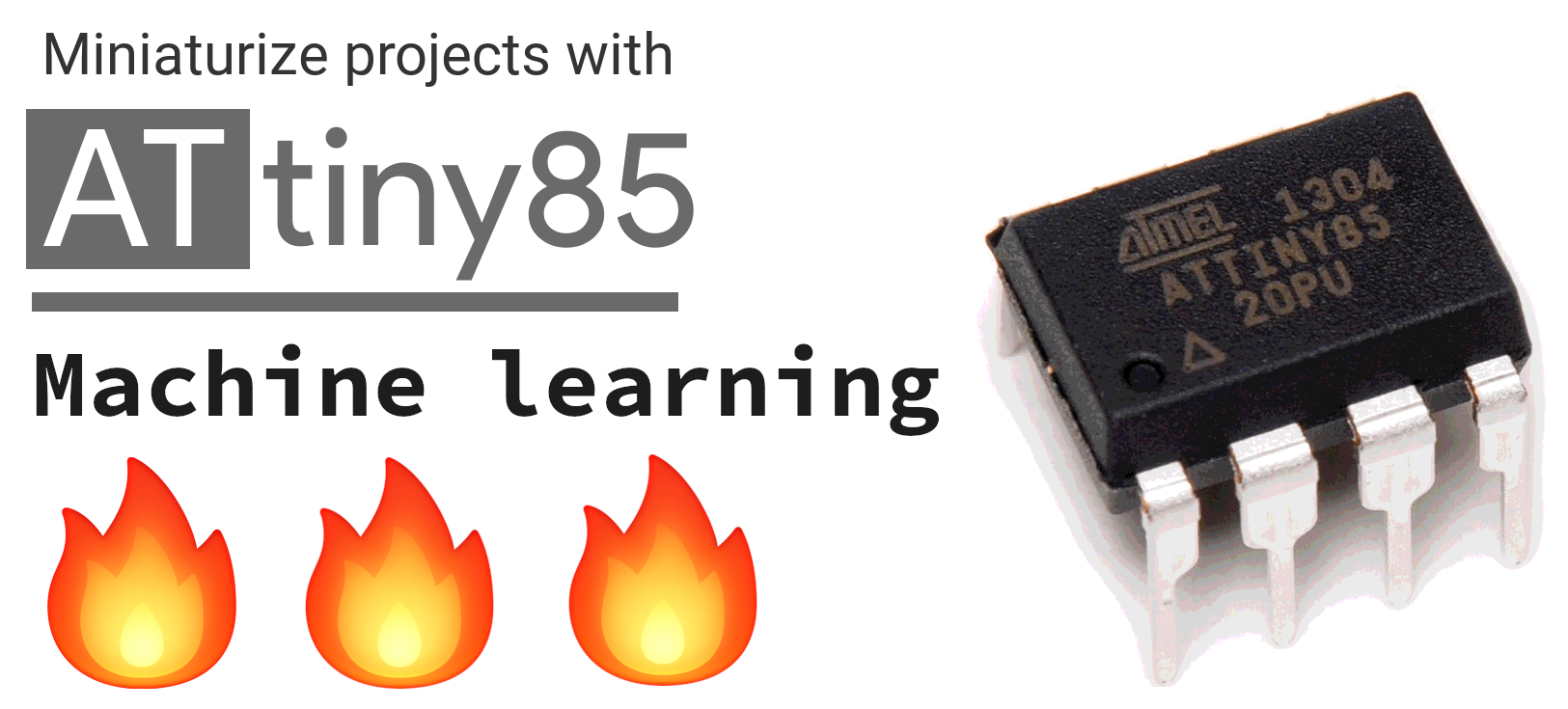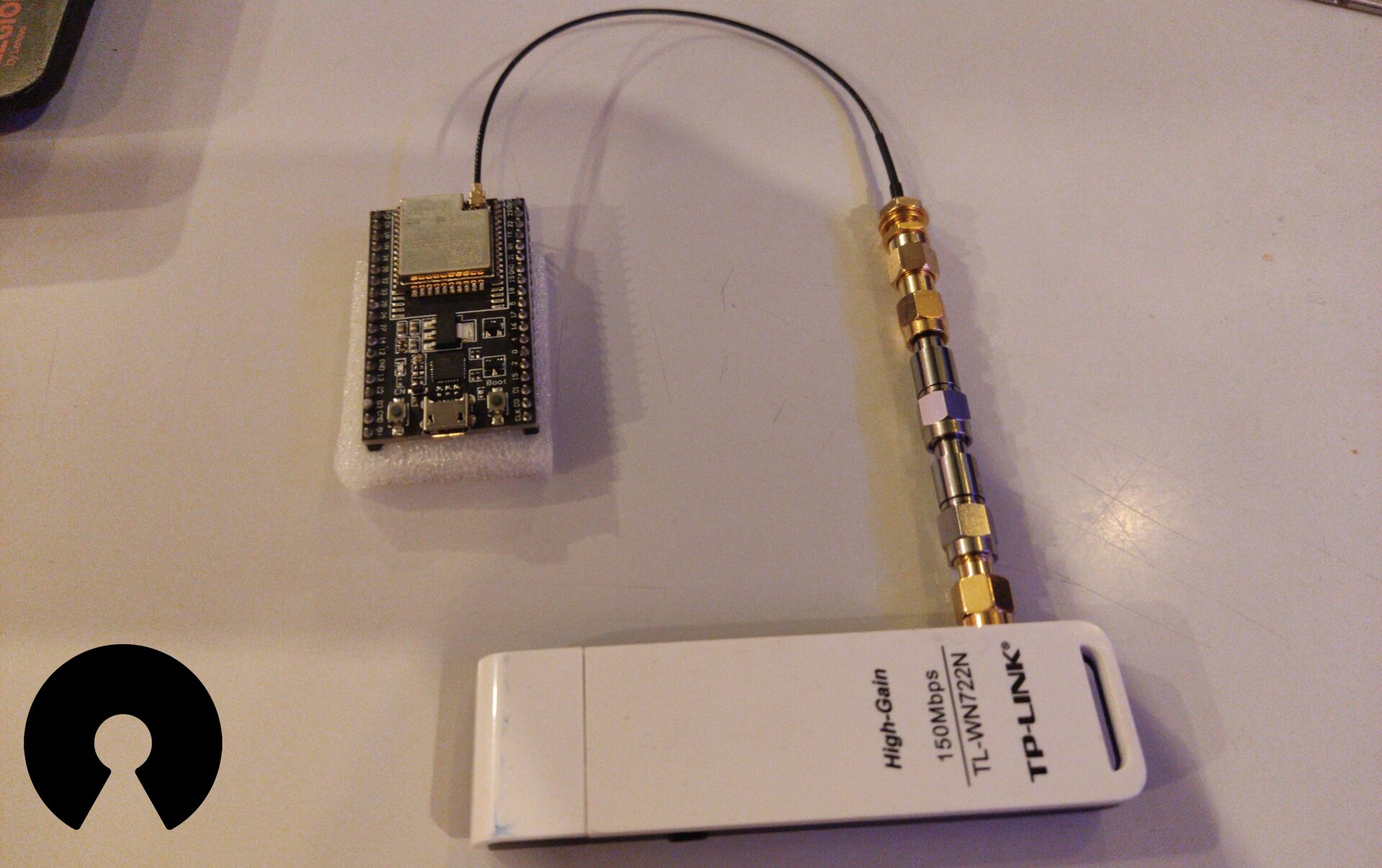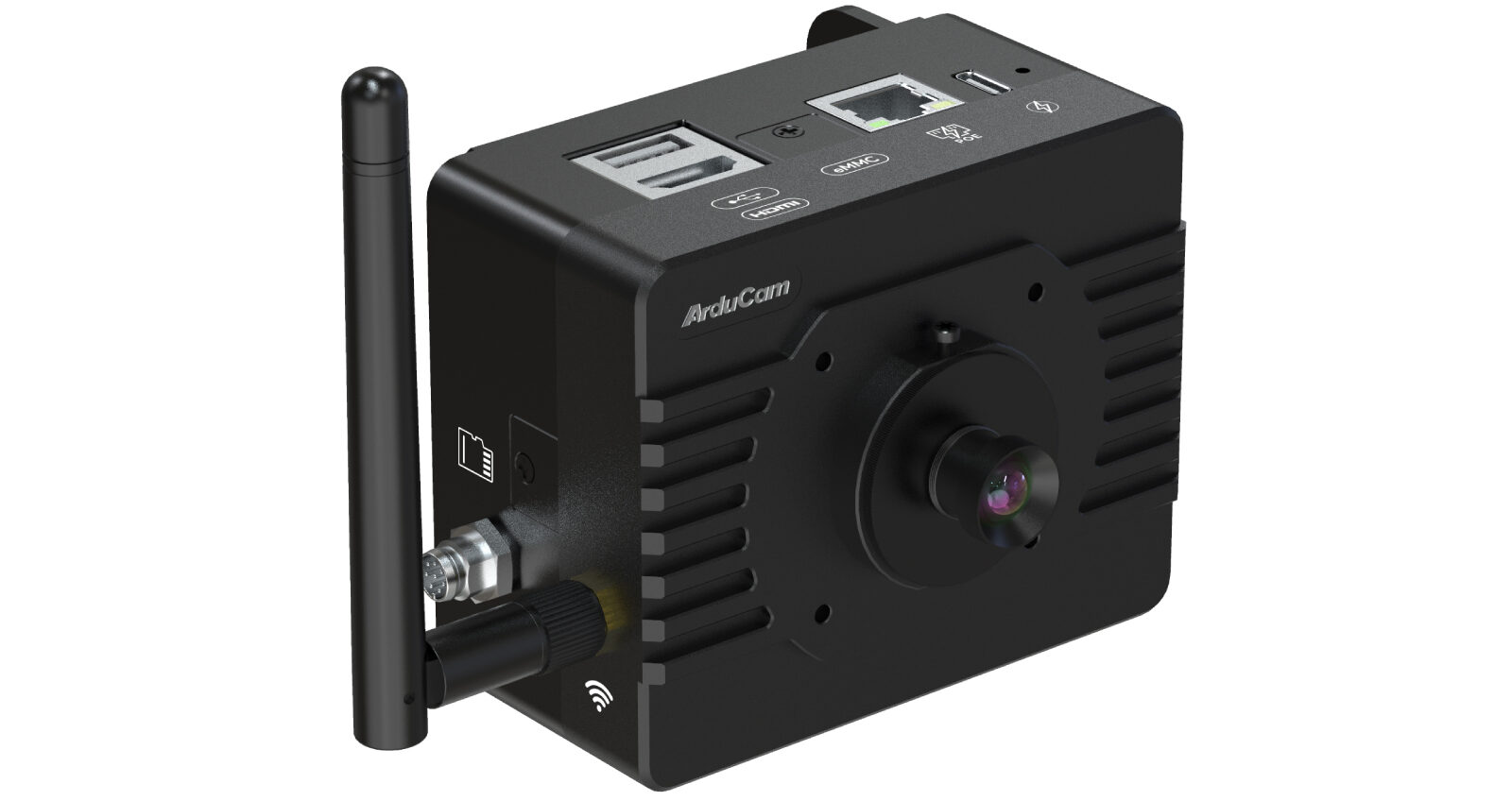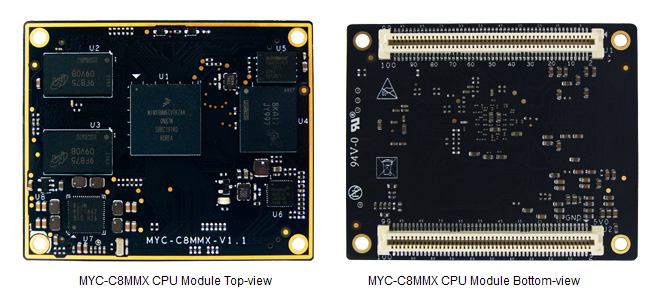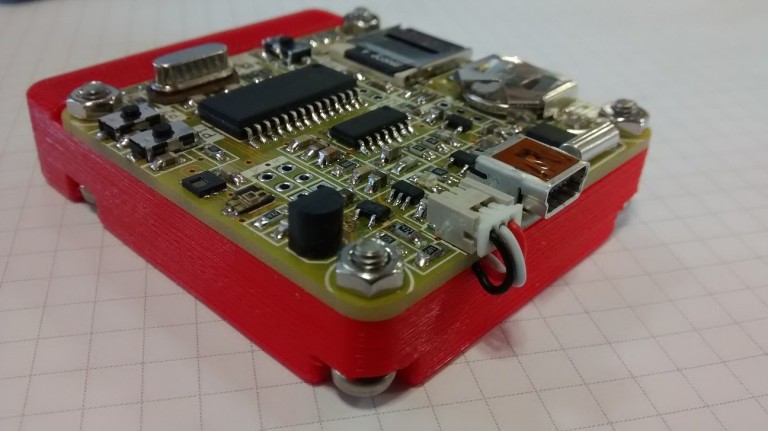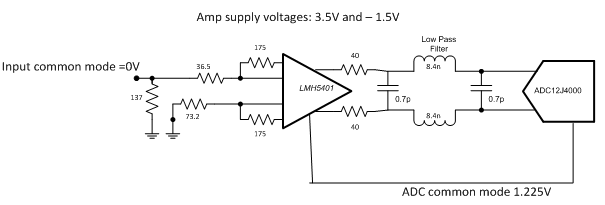
Loren Siebert @ ti.com discuss about how to interface signals that have a reference voltage that isn’t 0V while preserving the DC information.
Many signal paths are direct current (DC)-coupled, and this can lead to challenges when different portions of the signal path require different operating conditions. Many portions of a signal path are ground-referenced, where a signal varies at about an average or mid value of 0V. If all signals had the same reference voltage, DC coupling would be very easy. Unfortunately, that is not the case. Devices operating from a single supply like mixers or analog-to-digital converters (ADCs) will typically have a reference voltage (common mode) that is not 0V. Interfacing these devices while preserving DC information can be challenging.
How to use a fully differential amplifier as a level shifter – [Link]




